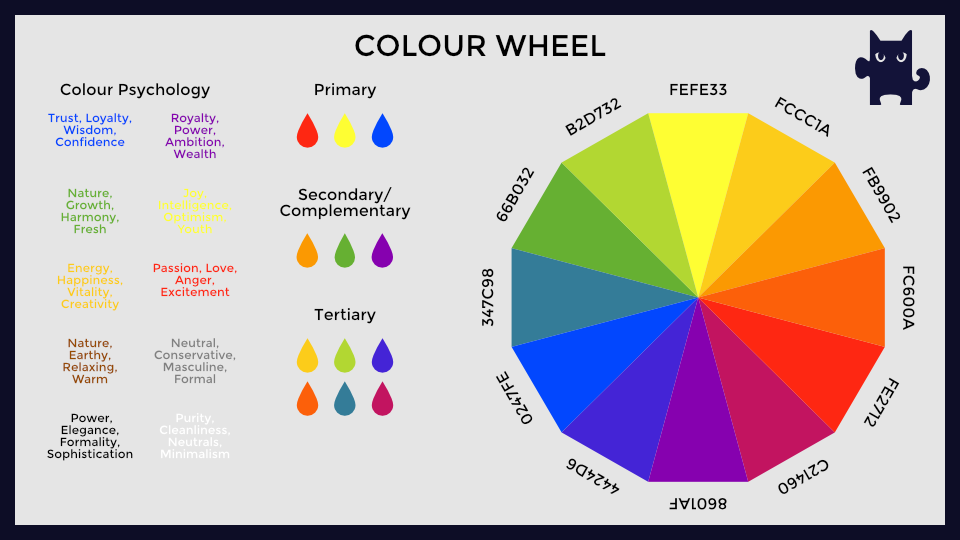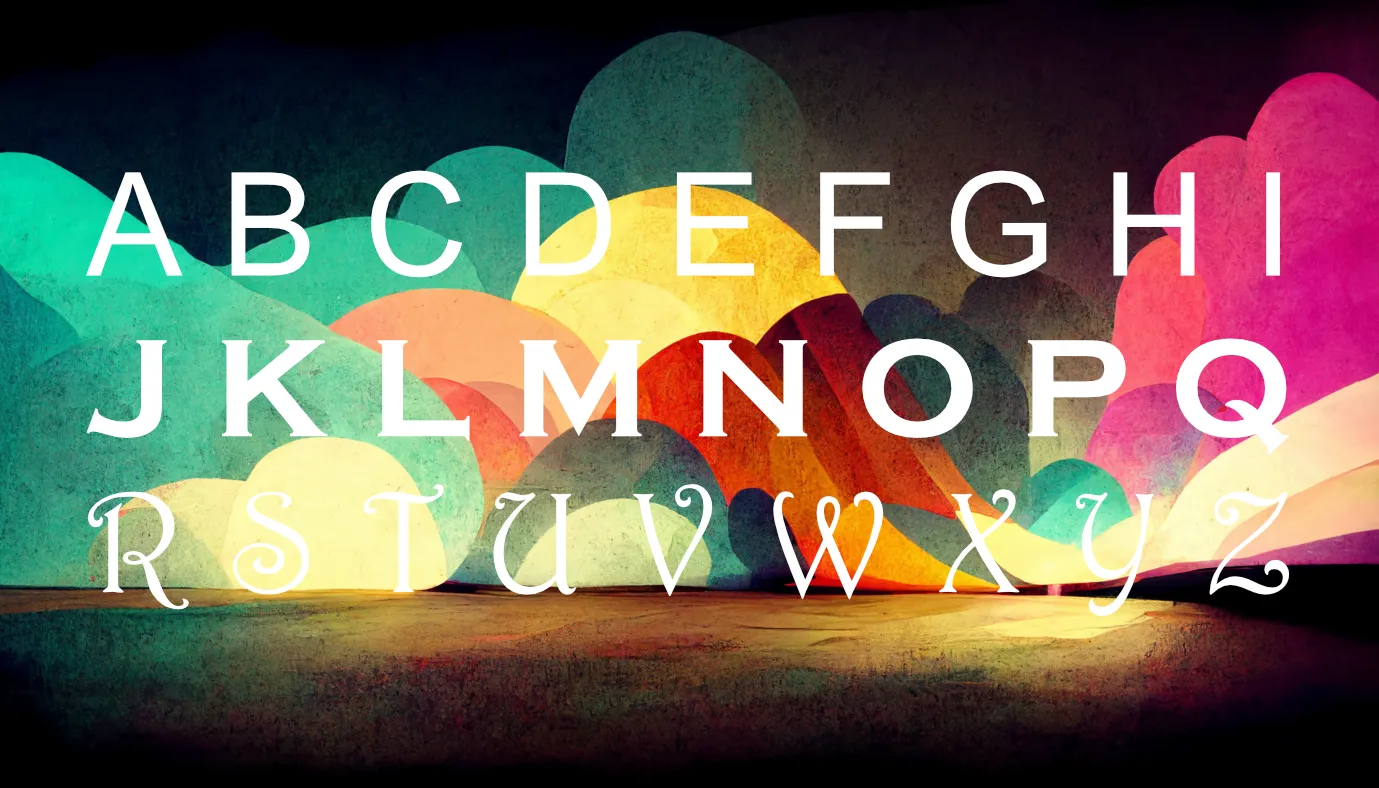You could imagine that you have a firm grasp on the concept of brand identity, but do you?

Introduction
Having a logo is only one component of having a successful brand identity. When you market your brand, you are selling three things: who you are, what you do, and the reasons why people should buy from you.
If your business has an online storefront and offers goods for purchase, you've almost certainly commissioned the creation of a brand identity at some point in the past. Or maybe not!
This blog will help you understand what goes into building an effective brand identity as well as how to create one yourself, with or without the assistance of your favourite designer friend. In either case, this guide will be of assistance to you.
What exactly is a brand's identity?
There are four unique components that make up a firm's brand identity, which is how the organisation displays itself to the outside world.
The aesthetic representation
This is how your company's logo, the colours you employ and how they look when combined (the colour palette), and everything else that will be printed or displayed on digital devices that will appear.
Guiding principles
The guiding principles that help customers understand what makes your firm unique. What kind of culture do you want to have and how will you get there? These are the factors that will drive all your other selections. In what manner do you intend to treat other people? What are your thoughts on the proper way to do business and why? And so forth.
Characteristics
The characteristics that define what sets your organisation apart from all the other businesses operating within the same market segmentation groups or categories as yours (e.g., luxury vs high-end vs mass market).
These can include things like size, location/distribution channels used for distribution/service/retail sales, demographic targeting efforts, pricing strategy (premium versus low price leader), geographic reach, and so on and so forth (local vs national markets).

Reputation
Your reputation among customers who are aware of the company but have not yet interacted with them directly, such as through online reviews or word-of-mouth recommendations from friends and family members who love this company's products because they are so good at satisfying needs better than anyone else out there!
What makes it so significant?
Branding allows you to distinguish yourself from the competition. It's the initial impression you give to the world, and in today's oversaturated market, it might be difficult to stand out from the competition. Customers will be able to recognise your company when they see your logo or hear your name, thanks to your brand identity. This will ensure that people remember you when they require the product or service that you offer, regardless of what it is.
It helps attract potential clients, which is helpful. It makes perfect sense for people to want to do business with or patronise your company after they are aware of who you are and what aspects make up your brand identity. This demonstrates to them that their money is being put toward something that is valuable to them. For instance, if I'm in the market for some new footwear but am only familiar with the Nike brand (i.e., its logo), then the sight of a sign advertising "Nikes" is probably going to cause me to pull over. On the other hand, what if there was a sign advertising "Solely Soles" next door, which sold exactly what I was looking for but at a price that was fifty percent lower? In that case...
What goes into the creation of a brand identity?
An organization's brand is given a visual representation through its brand identity. It includes everything from the company's logo to its colour scheme to the way it communicates with its clientele. You could be forgiven for assuming that the information presented here is self-evident; yet it is not. A lot of individuals are under the impression that they can get away with without having a brand identity strategy in place before they start doing anything else.
Elements of design such as colour scheme, font, and others
You need to reconsider what you know about brand identity because most of the principles that have been passed down through the years are no longer relevant or applicable to the modern business world. When it comes to colour schemes and logos, many brands are guilty of committing two of the most significant types of errors.
Colour scheme
There is no such thing as an appropriate or inappropriate colour scheme for your brand identity. Your audience may identify the colour red with something thrilling or dangerous depending on their personality type; they may think of green when they think of nature or money; and the colours purple may cause them to think of royalty or high-end products such as expensive clothes and vehicles. What counts is how well this option resonates with your brand values, who you want to attract as customers or clients, and what sort of experience (emotional response) you want them to have while dealing with your product or service.
Font
When writing text, you should use fonts that are simple to read, such as Arial, Monserrat, Proxima, Roboto or Times New Roman, rather than fonts that are difficult to read, such as Comic Sans MS or Impact. And if possible, you should steer clear of using any novelty fonts. This is because these fonts typically have a low resolution, which makes them appear tacky when printed on physical objects such as business cards or packaging material. This is because the resolution is scaled down from the pixelated computer screen sizes into printable sizes.


Messages, core values, and the overarching mission
The first thing you need to do to establish a brand identity is to determine your key principles. It is time to begin figuring out what these guiding principles are for your company and the employed that work for it if you are unsure of what they are now. The way in which you engage with customers (through phone or email, for example) as well as the social media platforms that you should utilise for marketing objectives are both informed by core principles.
Building your firm's brand identity requires a mission statement because it helps explain exactly who your company serves and what problem they are attempting to solve. It is also a vital reminder of why you started the firm in the first place, and it can help you determine whether the things you are doing now are in line with those initial aims. Finally, having a crystal-clear vision of the future of your company will help you avoid burnout in the long run, especially when times are bad (and they will happen).
The group of people who you want to buy from you is known as your target audience. After you have determined who your ideal customers are, the next question is: what do they need? What are they in need of? What can you provide that will assist them in accomplishing their objectives or make an improvement in some aspect of their lives?
The responses you provide to these questions will assist to determine how you sell yourself and how you communicate with your clients, which gets us back to the concept of brand identity.

When developing the identity of your company, make sure to avoid these frequent mistakes.
When designing your company's brand identity, be sure to steer clear of these frequent pitfalls:
Do not choose a logo that is overly complicated to use
It is important to keep in mind that a logo should be easy to grasp for the typical individual, thus you should steer away of designs that are overly complex. Large font sizes, excessively elaborate typography, and other graphic aspects that aren't necessary to include in a logo aren't necessary.
You shouldn't go for a logo that's too simple
On the other hand, you want to avoid using a very basic design because it will look boring and uninteresting on its own if it is used in promotional materials such as business cards or websites and no additional information about your company or product is included with it. This is true regardless of whether the background information is about your company or product (and even then).
Do not use a logo that has poor readability on social media platforms such as Facebook and Twitter (this means using high resolution images)
If consumers are unable to, briefly, determine what it is about your company's products or services that sets them apart from the competition, they will not give us any consideration as a potential partner in a commercial transaction, which runs counter to our goals as business owners who seek clientele.
It's about selling the world on who you are and what you stand for to the best of your ability. It is your company's brand identity, which is the accumulation of all the graphical components that comprise your business. These components include logos, colours, fonts, photographs, and other images (among other things) that are used in a variety of places, including websites, social media posts, and billboards. If one component varies from location to location or project to project, then people will notice that something is off with your brand's identity, and as a result, their perception of what constitutes your company will shift because of this inconsistency. The most important thing here is that it must be consistent across any medium.
An illustration is going to be the most helpful tool for us in demonstrating this point. Imagine if McDonald's decided tomorrow morning that they wanted its iconic golden arches flipped upside down on every signpost around town so that they could "try something new" and show everyone how daring they were as an organisation by doing so. What would the world think of McDonald's? If they claimed it was all a part of some elaborate plan, would anyone believe them? Of course not! And yet, every time someone sees those red M signs flipped over like so many other firms have done before them (to no effect), there is another chunk taken right out of the reputation of our much-loved Golden Arches...
Conclusion
Your company's identity as a brand is the single most significant aspect of it. It is what will help people remember you and connect with you in a way that no other marketing plan can. It is what will set you apart from your competition. Branding is much more than simply having a logo or tagline; it's about selling the world on who you are and what your business is all about.
We are a South African software start up, and would appreciate a Share of this information if you found it helpful <3
Share on Facebook Share on TwitterTweets by puzzlcat